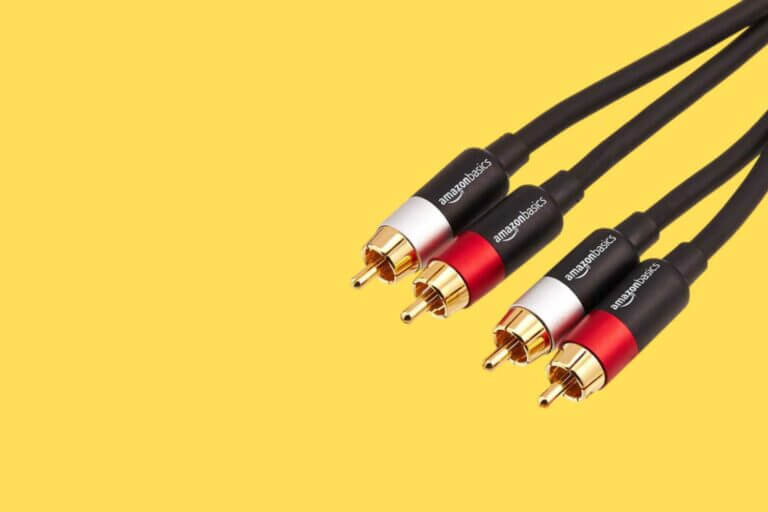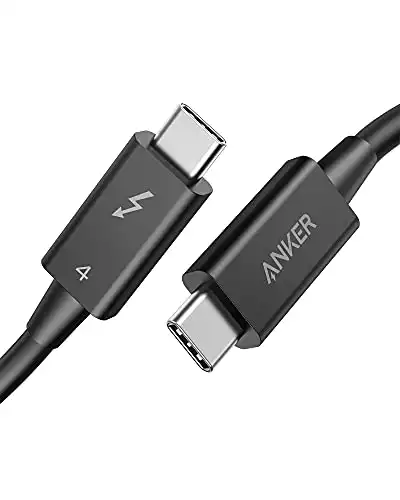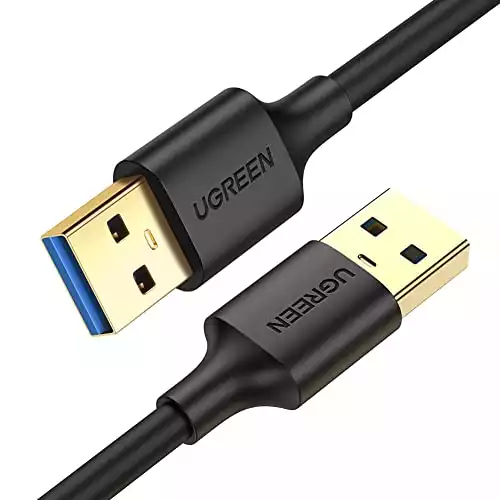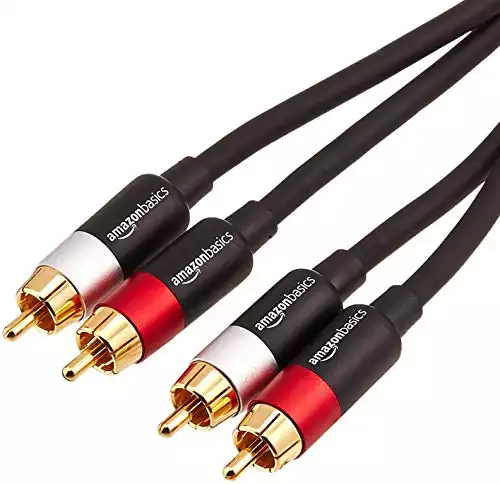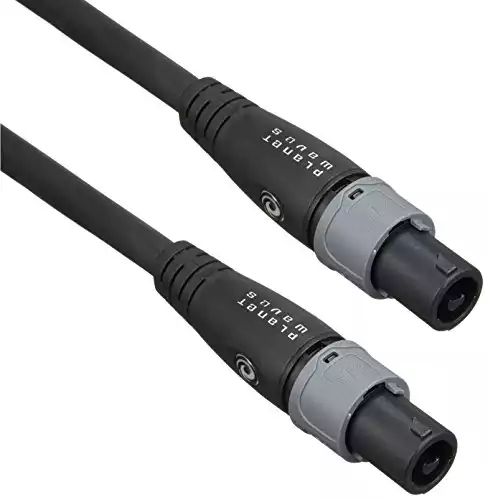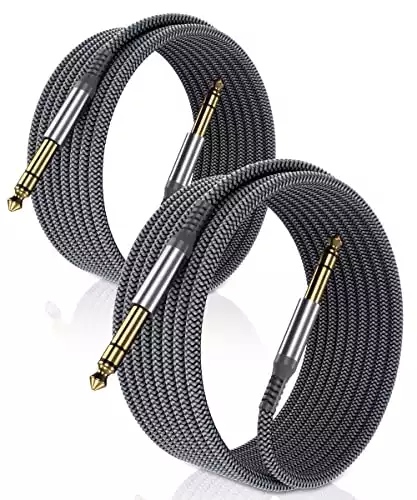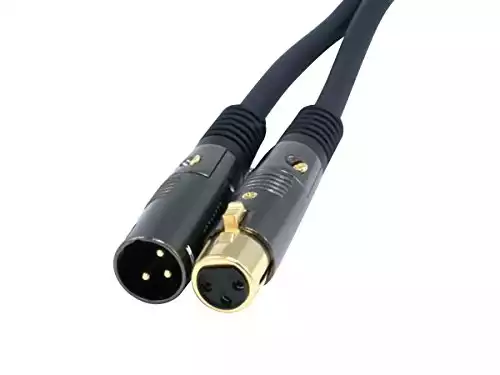For beginning DJs, it may not seem like a super important thing to keep track of, but understanding the different audio cable types that exist is something you must learn as quickly and as thoroughly as possible.
Audio cables are what’s required to ensure sound is properly translated from your DJ controller or connecting speakers. Not only that, but every cable you use can alter the overall sound quality of the music on the receiving end.
This means that, even if you let loose and got a super expensive set of DJ speakers if the connection wasn’t optimal, it would pretty much be a waste of money.
The good news is that we’ll be breaking down everything you need to know with the different audio cable types, ranging from things like analog cables & digital, balanced & unbalanced, as well as some different tips and tricks you should know to make sure your performances are as clean and quality as they could be.
What Are the Most Common Audio Cable Types?
There are many types of audio cables. The most common audio cable types include TS Cables, TRS Cables, XLR Cables, RCA Cables, MIDI Cables, Speakon Cables, Speaker Cables, Optical cables, Ethernet cables, Banana Plugs, S/PDIF Cables, USB Cables, and HDMI Cables.
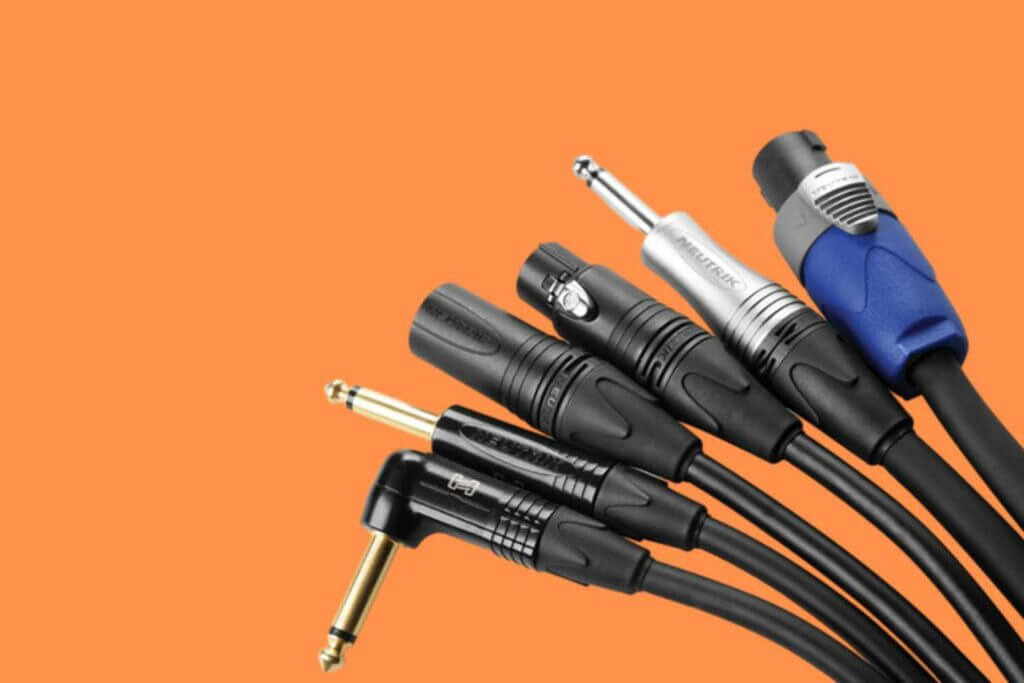
Digital & Analog Cables: The Difference
Before going in-depth on the different types of cables you should be aware of, it’s important to start with the fundamentals.
Here, we have analog cables and digital audio cables.
Considered the newer alternative, digital cables send electrical audio signals by way of data, particularly in the form of binary “1s” and “0s”.
This is exactly the way computers process data and communicate with one another. It’s also how cables can transmit to one another without suffering or dealing with any electronic interference.
Some types of Analog cables are much older and well-established music cables. These send raw electrical signals out, the alternating voltage between positive and negative patterns.
Because of this raw electrical signal, analog cables are known to produce higher-quality music though at the cost of potential electrical interference.
Let’s Talk Digital Cables
Since we now have a firm understanding of the differences between digital and analog cables, let’s now briefly go over the different types of digital cables you’ll likely run into as a DJ.
As digital setups are becoming increasingly more popular, you’re more likely going to run across many of these cables compared to older analog options. The reason is that digital cables can serve numerous purposes, namely the fact that they can entirely eliminate the risk of electrical interference, something analog cables will always have an issue with.
MIDI Cables
More technically known as the Musical Instrument Digital Interface, MIDI connections were previously regarded as the foremost method of transmitting data digitally between your computer and your audio interface device.
While that has largely changed to the USB cables, you’re still more than likely to run across a fair amount of MIDI-based devices throughout your time as a DJ.
Unlike other audio cables, MIDI cables don’t send out electrical signals. Rather, they instead send very specific aspects of a performance between the two devices. As an example, rather than audio electrical signals, a MIDI cable will send out things like a track’s notes or their velocity.
It’s because of this distinction that many MIDI cables are used with certain external devices like piano-based keyboards via a Digital Audio Workstation (DAW).
Despite USBs becoming the primary go-to for digital devices, if you plan to use a DAW and a keyboard, there’s a high likelihood that you’ll need to have a MIDI cable on hand.
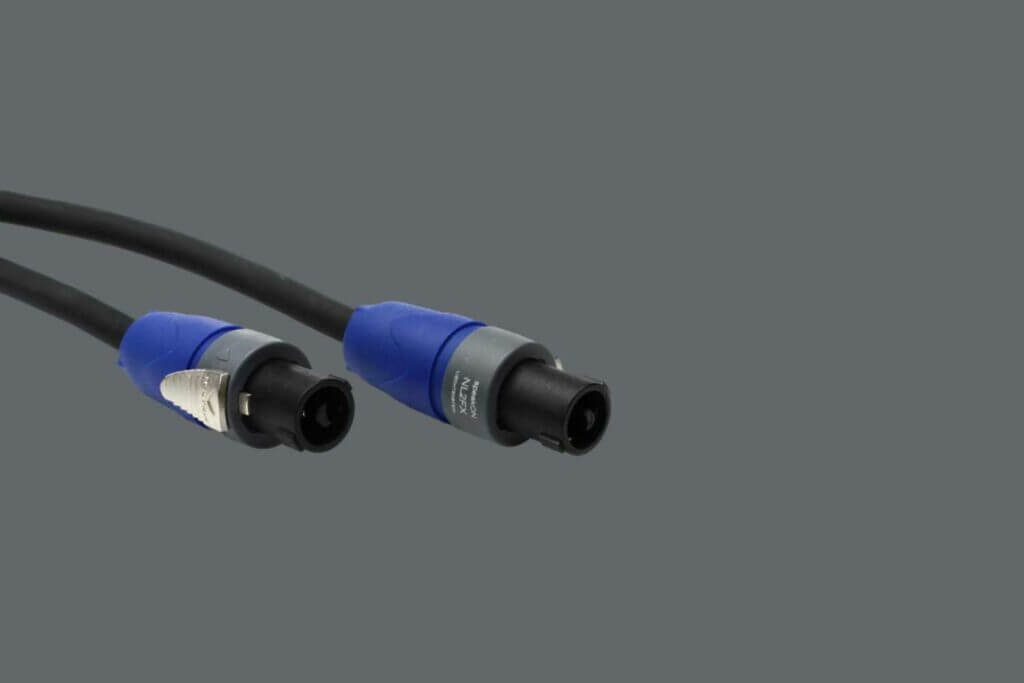
Read this next: What is A MIDI Keyboard Controller? (What Does a USB MIDI Controller Do?)
Optical Cables
Also known as “fiber optic cables”, optical cables are one of the more recent cable types to become prevalent in today’s day and age. Unlike other cable wires, optic cables take electrical signals and convert them into a series of light flashes that are then interpreted and utilized.
Because of their nature, optic cables are able to greatly ignore most forms of interference while also delivering high-quality sound over several channels without issue.
Not only that, but because they don’t have to worry about any electrical form of interference, they are inherently balanced.
Optic cables are broken down into two separate types: S/PDIF and ADAT.
- S/PDIF Cables are meant to carry a signal over two different channels, generally used when connecting to a studio monitor rather than a larger floor monitor or Hi-Fi speaker.
- ADAT Cables can carry a signal out over eight channels. These usually tend to show up in more high-end studio setups.
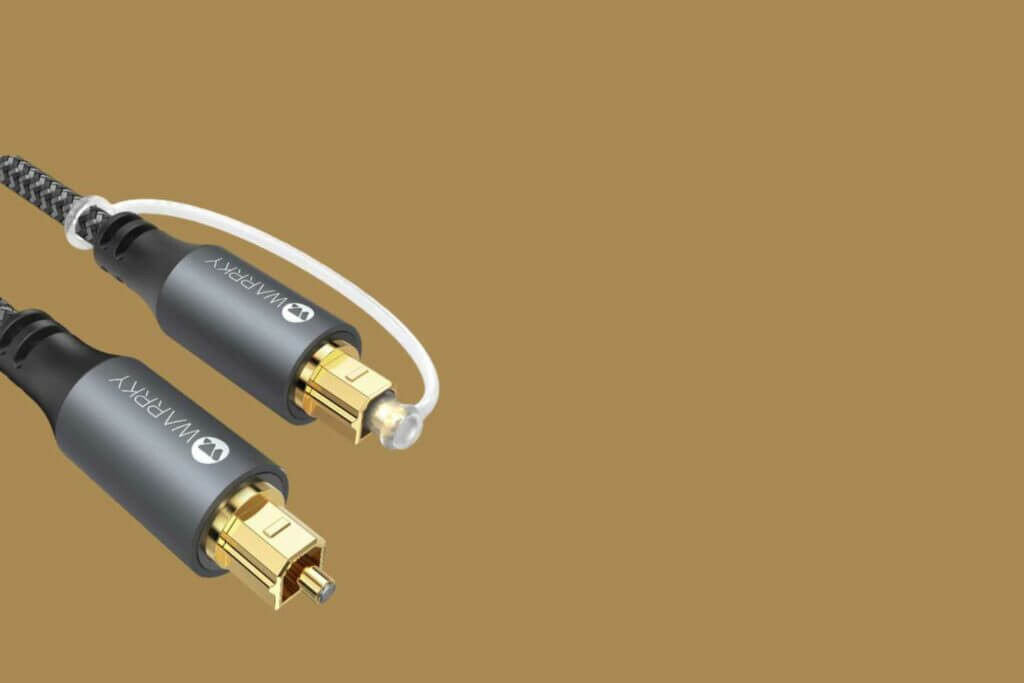
Read this next: Best Speaker Wire (Pick The Right Speaker Cable For Your Sound System)
Thunderbolt Cables
An Apple-exclusive cable, the Thunderbolt cable is meant as their replacement for USB cables. While useless for non-Apple products, Thunderbolt cables are an incredibly fast and effective way to transfer data between devices.
For DJs, the Thunderbolt cable is primarily going to be used with things like the iPad or iPhone during events where you will use that as your computer or laptop alternative.
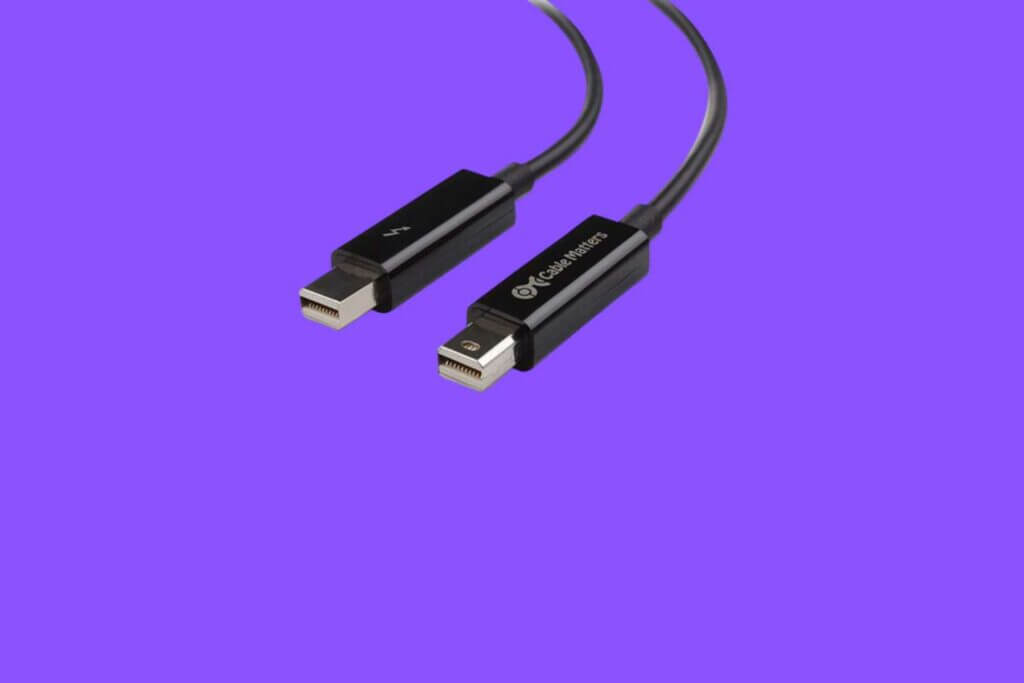
Read this next: Understanding DJ Cables: Your Complete Guide
USB Cables
The grandfather of all digital cables, most people are keenly aware of (or have used) a USB. Today, virtually all DJ controllers and modern digital interfaces have one or more accessible USB ports.
In many cases, DJ controllers use these ports to connect to a laptop or computer to utilize or transfer the proper DJ software required to run it.
Other high-end interface devices and mixers may not need to connect to a computer, instead using their ports as standalone flash drive hubs for housing and storing their music library.
Over the years, USB speeds and types have evolved.
This has meant that the current USB cables that exist today can transfer more data at greater speeds with less latency than those even a year or two years ago.
From drum machines to synths to MIDI keyboards, almost all current music gear uses USB cables and will likely be the most important digital cable you can invest in.
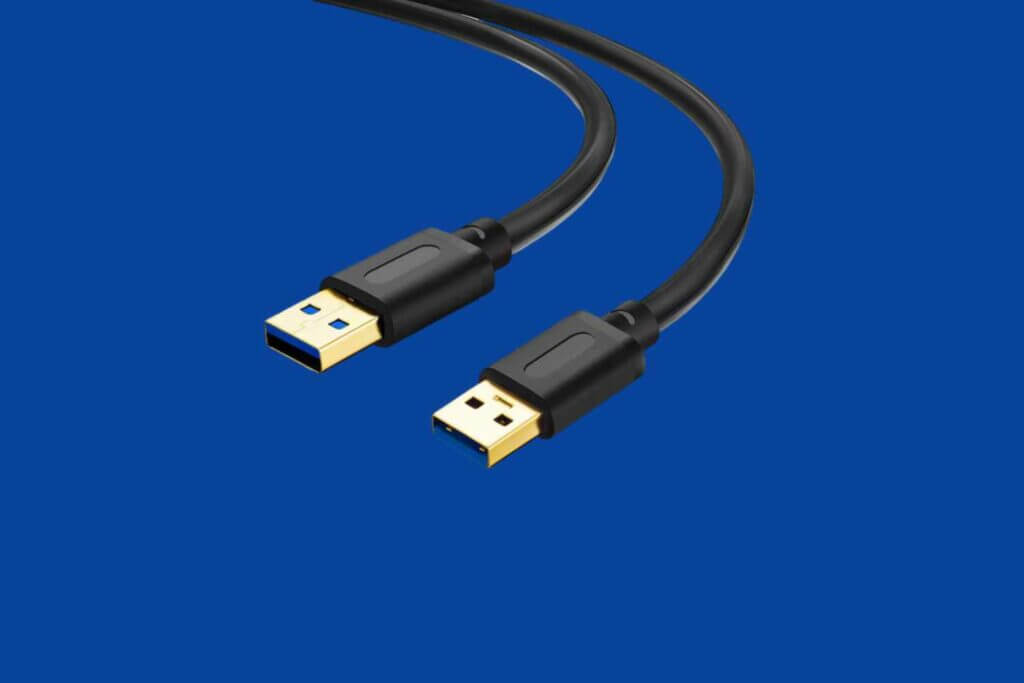
Read this next: What is A MIDI Keyboard Controller? (What Does a USB MIDI Controller Do?)
Let’s Talk Analog Cables
Since we’ve had a chance to check out the different digital cables, let’s now take a look at some of the analog options you’re likely to deal with.
Unlike digital cables, which are all balanced by nature, analog cables can vary in being either balanced or unbalanced, both of which have their uses based on the situation.
Most higher-end devices will usually have an option of balanced, unbalanced, and digital cables, however many of the more inexpensive options will be an unbalanced cable only.
RCA
Starting off with one of the more well-known and familiar audio cables out there, the RCA cable came out as early as the 1940s and was named after its creator, the Radio Corporation of America. They are incredibly prevalent cables, being used in most home audio systems and TV settings even to this day.
Most starter DJ controllers are going to have an RCA master output area as will most starter studio monitors.
This is largely due to their inexpensive and unbalanced cable nature.
This unbalanced nature makes RCA cables useful along fairly short distances as opposed to the XLR and TRS cables’ balanced nature, which can go for longer distances without suffering sound distortions or interference.
RCA cables are generally broken down into two different cable types: red and white. The red cables will generally be plugged into the right side of your device while the white will be plugged into the left.

Read this next: What Is MIDI Mapping? (MIDI Map Basics)
SpeakOn
SpeakOn cables are considered the alternative to the more popular XLR cables. They offer a balanced audio output and are a Neutrik-designed cable.
Unlike standard analog cables, SpeakOn cables come with a twist-lock mechanism that is used to securely fasten cables in place, greatly reducing the chance of accidentally knocking a cable loose or pulling it out of its port.
In addition to the twist-lock feature, SpeakOn cables can handle more high-current signals. This makes them a fairly popular specialized choice for DJs and performers, especially when connecting out to large PA systems.
Because of this, however, you’re likely going to see these in high-end DJ and production studios, as well as at concert events, then in smaller home studios.

Read this next: Speaker Interference (How To Fix Static From Speakers)
TRS/TS Cables
Arguably the most common audio cable you’ll come across, the TRS and TS cables are seen just about everywhere there’s something to do with audio and music. They are available in either 1/4″ or 1/8″ jacks.
The cables are also distinct in their types and uses. The TRS cables are balanced cables and are noted by their inclusion of a ring on the jack. Meanwhile, TS cables are unbalanced and will not have a ring on the jack.
TRS and TS cables are most commonly seen as headphone jacks, though TRS cables are also used with most high-end DJ mixers as a balanced alternative to XLR cables.
Because of their smaller and more compact size, TRS and TS cables are highly regarded and very popular, capable of being used for either a main or a booth output and can deliver a balanced sound for just about any device available to them.
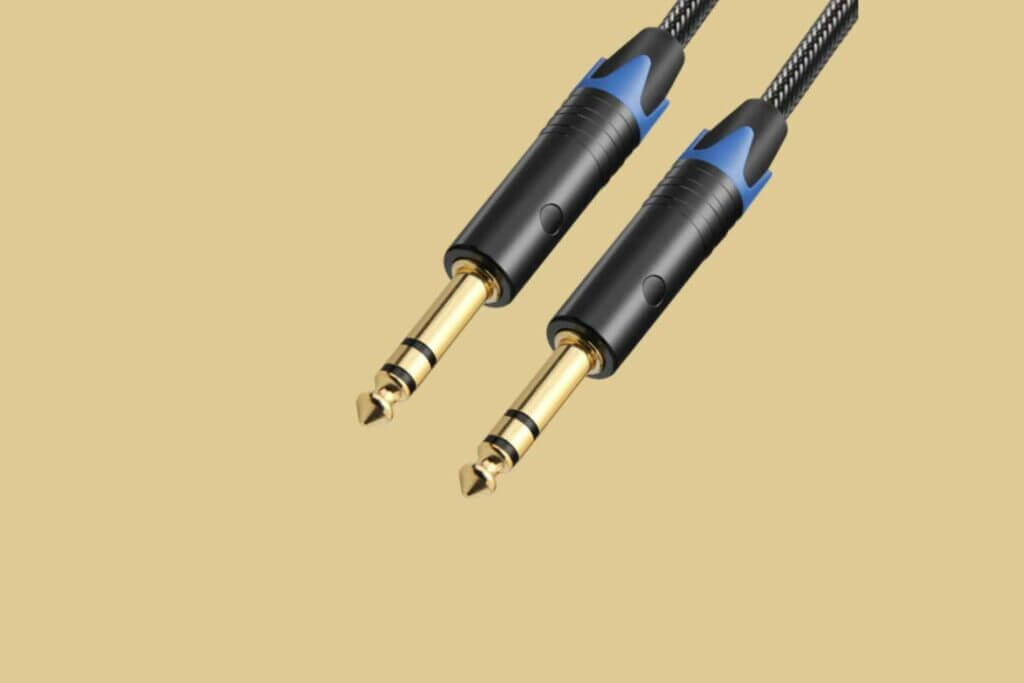
Read this next: How Do I Connect My Serato DJ Controller To My Laptop? (Super Easily)
XLR Cable
Just as TRS is considered the most common audio cable in general, XLR cables are generally seen as the most common balanced cables available.
Unlike TRS cables, XLR cables are primarily used in professional pieces of DJ equipment that are on the larger and more expensive side of things. This is in stark contrast to TRS and RCA audio cables, which generally are meant for smaller and more inexpensive monitors and speakers.
XLR cables are noted for having three pins and three wires internally while also holding a clip that ensures the cables aren’t unplugged.
Since they are seen as the balanced alternative to the unbalanced RCA cables, XLR cables can go a longer distance, allowing you to extend your speakers further out. Keep in mind that you’ll need at least two cables (one for the right and left) when setting up your speakers.
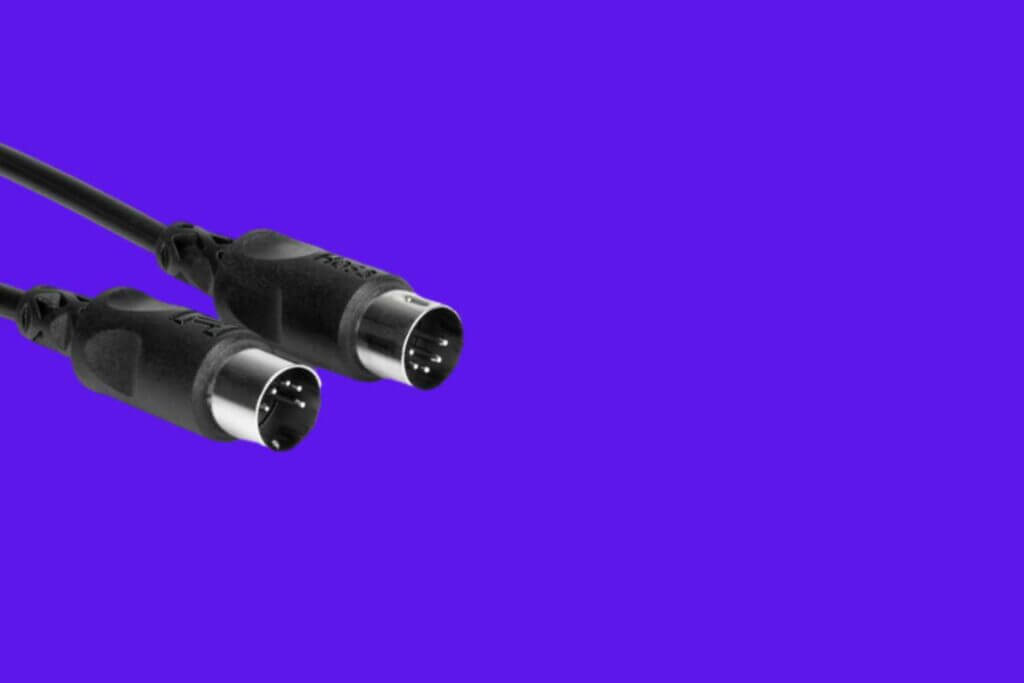
Read this next: Best XLR Cable Picks: (Not All XLR Cables Are Built Equally!)
Balanced and Unbalanced Cables – What’s The Difference?
While it may seem like a complex concept, balanced and unbalanced cables break down as follows: Unbalanced must stay along shorter distances to avoid distortion while balanced cables can avoid distortion at much farther distances.
That’s the long story short.
Now let’s touch on both balanced and unbalanced to see which audio cable works best at which time.
Unbalanced Cables
Unbalanced cables are made up of (ironically) two plastic-wrapped wires. One of the wires is used to carry the audio signal while the second is meant as a grounding wire, ensuring that the first doesn’t deal with much exterior interference.
It’s because of this second wire and its limited amount of grounding that interference may develop past certain distances.
Generally, the rule is that the unbalanced type shouldn’t extend past 15ft, with anything longer running into the aforementioned interference.
Depending on how your speakers are set up, you can likely use unbalanced cables without too much of an issue, especially for home studios.
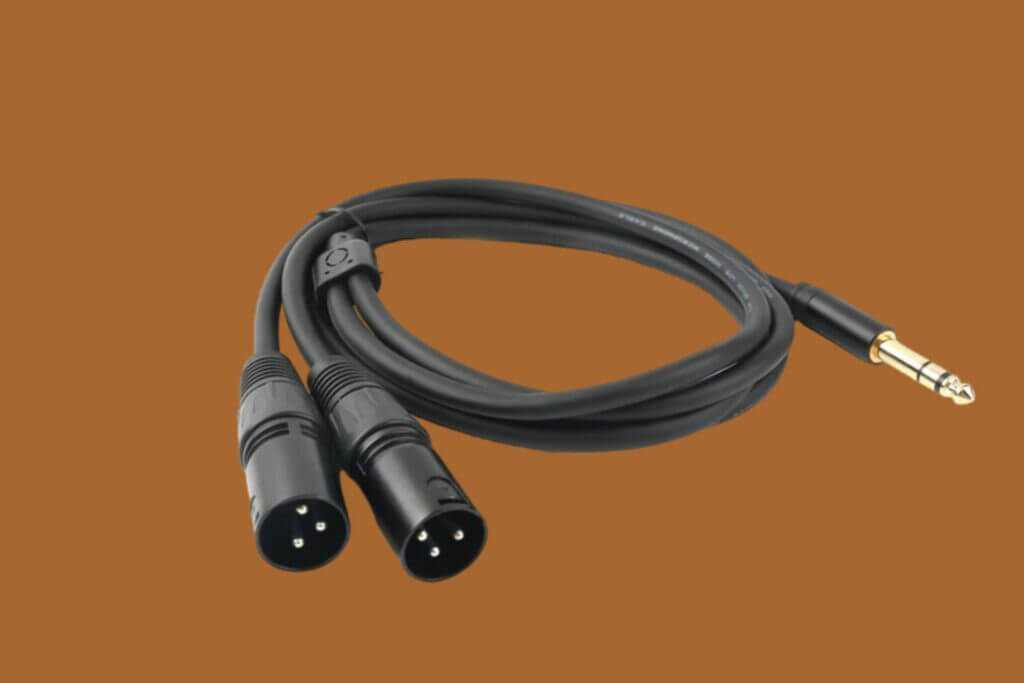
Read this next: How To Clean Your DJ Gear (Regularly & Properly)
Balanced Cables
When it comes to a balanced cable, these take on a very different approach, instead relying on three wires instead of two. Here, two of the wires are meant to carry the audio signal while the third acts as grounding support.
The reason a balanced cable has a much longer distance than unbalanced cables is due to the first two cables and their method of handling audio. Here, one carries the original sound with the second acting as an inverted mirror.
As the sound interacts with your equipment, the distortion that has developed will be out of phase, eliminating itself and leaving you with only a pure audio signal.
Whereas unbalanced cables can be run only a short distance away from the interface device, balanced cables are often used for DJ performances, stretching the cables all the way around the room, and even implementing subwoofers.
So, are we all clear on balanced and unbalanced cables?

Read this next: What To Do If You Spill Beer Or Booze On Your Mixer, Laptop, Or Controller!
Tips For Audio Cable Care
1. Take Care of Them
You must care for your cables as much as possible to extend their lifespan. Doing things like keeping them as straight as possible or away from flattening heavy objects can greatly reduce the number of replacement cables you’ll need over your DJ career.
Always remember to keep them rolled up and out of the way once you finish a performance and as out of the way as possible during a performance.
The last thing you want is to accidentally yank something out because it was sticking out and you (or someone else) weren’t paying attention!
#2. Adapters
Many people get freaked out when they realize that they have a lot of the wrong types of cables. Just remember, while you “can” go and get them replaced, that doesn’t necessarily mean you should. The truth is that there are a ton of different adapters you can get that will turn whatever cable or port you’re looking for into one you have.
Not only is this less stressful but it can be much more affordable.
While it’s certainly nothing better than the real thing, in most cases, using an adapter for a 1/4″ jack to turn it into a 1/8″ jack will have pretty much no long-term issues.
3. Keep Clean
This may seem like a dumb or irrelevant tip, but it isn’t. A clean DJ space, whether your home studio or your booth in the club, should be as clean and well-put-together as possible.
This is because a messy space can easily result in a jumble of different cables connected to things you have no clue about, creating a mess of confusion. This can potentially lead to way more problems down the line.
Your best bet is to keep things as minimalist as possible. Ideally, every trip to your DJ space should be like walking into a new room, with next-to-nothing cluttering tables and countertops.
Not only is it better in terms of cleanliness, but it also makes getting and using them much easier and that much less of a hassle.
Audio Cable Types: Summary
Now that you understand what types of audio cables are and what you need for your DJ setup the rest is up to you. Start by getting everything you need for your home studio and keep them there.
From there, take a bit of time to review the different types of audio cables that you need for your controller or mixer as well as the types of speakers you’re using.
Then, once you have a firm grasp of what you need for optimal performance, get a second pair that you’ll travel with.
Congratulations!
You’re now ready to DJ at your best level with your sound likely coming across better than ever.



